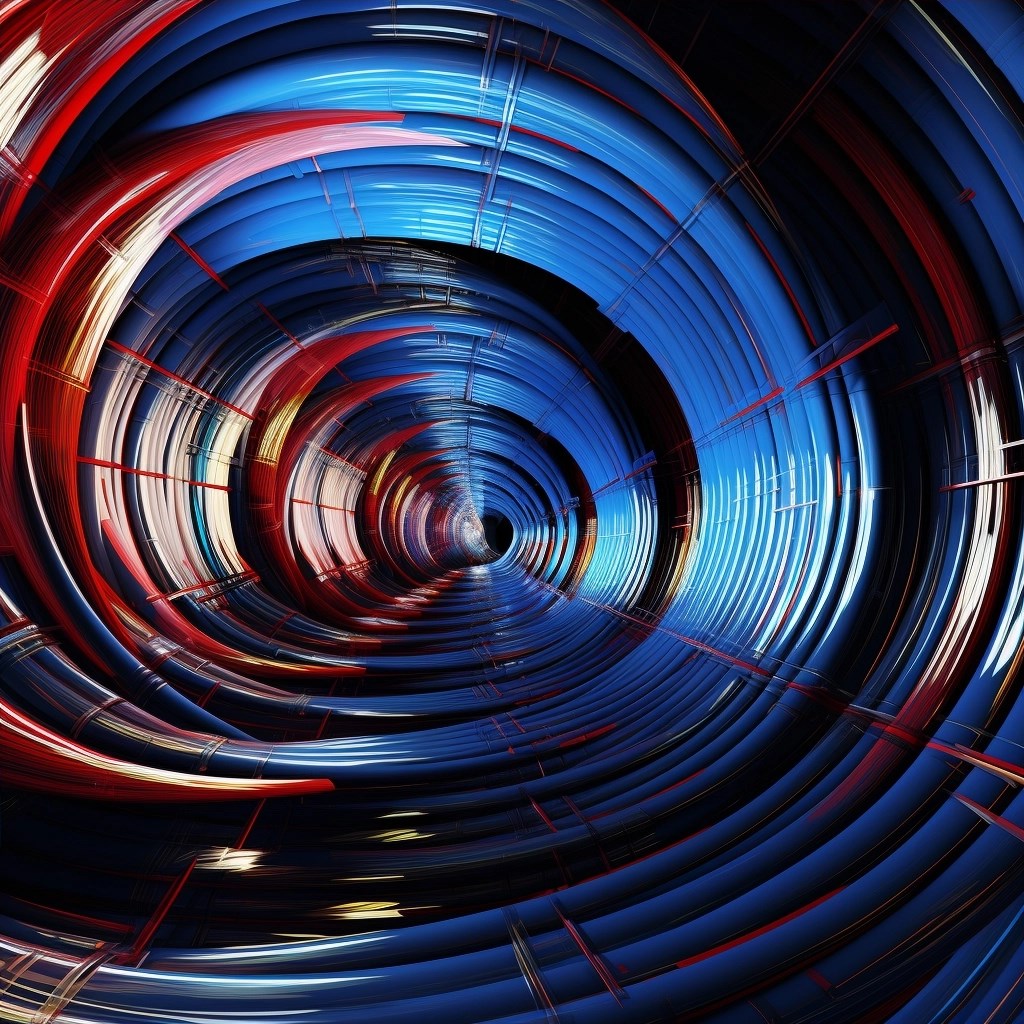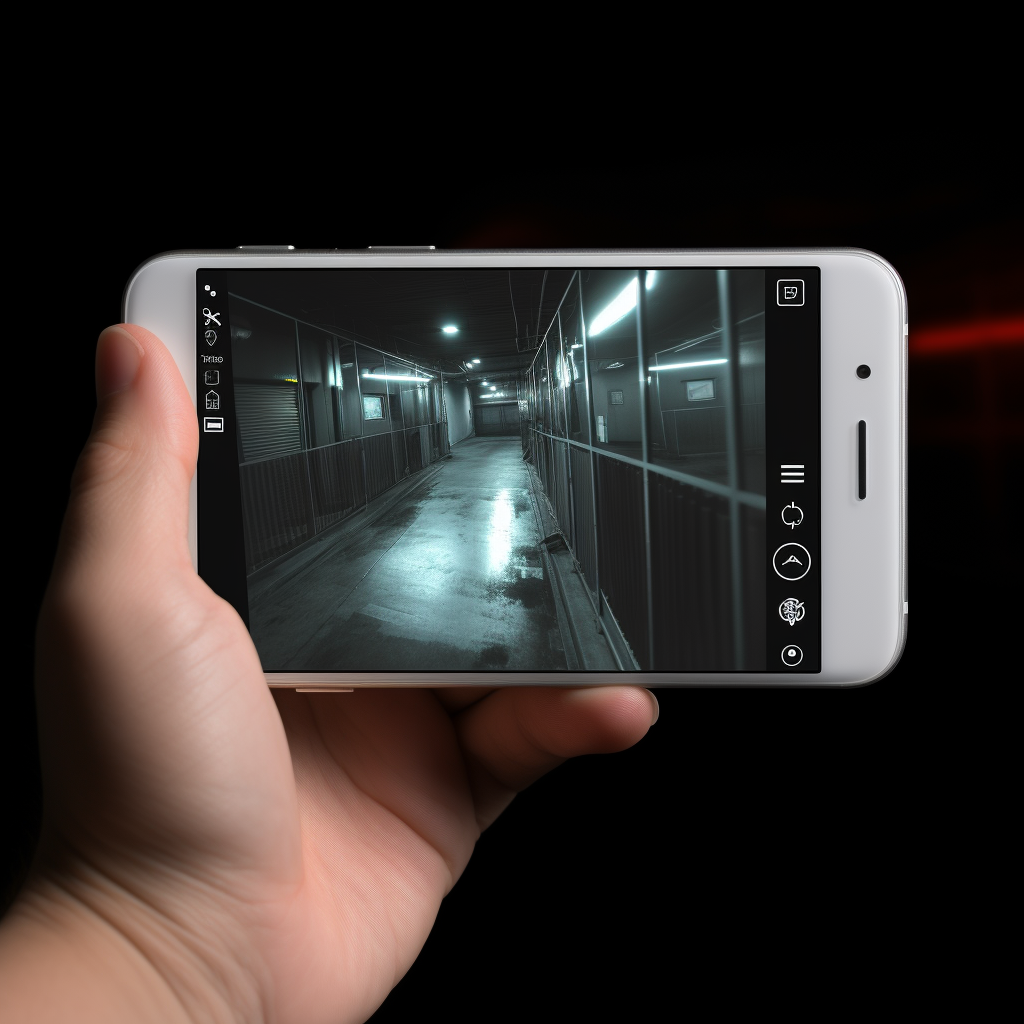
Sydney Security Cameras
Closed-circuit television is more commonly referred to as video surveillance. CCTV security systems can service both indoor and outdoor locations, serving High Definition video footage to a location of your choice or can even be viewed via a mobile app. KJ Electronic Security can fit your security system with cameras suitable to all weather types, with cameras that are both dustproof and waterproof.

CCTV CAMERA RESOLUTION
CCTV camera resolution refers to the level of detail and clarity that the camera can capture in an image or video. It is typically measured in pixels and represents the number of individual dots or pixels that make up the image. Higher resolution cameras can capture more detail, while lower resolution cameras produce images with less detail. Common resolutions for CCTV cameras include 720p (HD), 1080p (Full HD), and 4K (Ultra HD)
4MP vs 8MP (4K)
When comparing 4MP and 8MP CCTV cameras, the main difference lies in their resolution or the number of pixels they can capture.
A 4MP camera has a resolution of 2688 x 1520 pixels, which translates to approximately 4 million pixels. This resolution provides a good level of detail for most surveillance applications.
On the other hand, an 8MP camera, also known as 4K resolution, has a resolution of 3840 x 2160 pixels, which equates to around 8 million pixels. With this higher resolution, an 8MP camera can capture more details and provide greater clarity, especially when zooming in or enlarging the footage.
Ultimately, choosing between a 4MP and 8MP CCTV camera depends on your specific needs and budget. If you require higher levels of detail and have the resources to invest in the equipment, an 8MP camera can offer a superior image quality. However, if your surveillance requirements are more modest, a 4MP camera may suffice at a lower cost.


The nerdy stuff
CCTV camera bandwidth refers to the amount of data that needs to be transmitted from the camera to a recording device or monitoring system. It is an important consideration, especially when designing a surveillance system or when dealing with network limitations.
The bandwidth required by a CCTV camera depends on various factors, including the camera’s resolution, frame rate, compression technology used, and the type of video stream (live view or recorded footage). Higher resolution cameras or cameras with higher frame rates typically require more bandwidth to transmit the video data.
To calculate the required bandwidth, you need to consider the camera’s specifications and the desired image quality. Most camera manufacturers provide guidelines or calculators to estimate the bandwidth requirements based on these factors. It’s also important to ensure that your network infrastructure can support the required bandwidth for smooth video transmission without congestion or delays.
Additionally, compression technologies like H.264 or H.265 can help reduce the amount of data that needs to be transmitted, thus lowering the bandwidth requirements while maintaining acceptable image quality. These compression methods effectively compress the video stream, minimizing the file size without significant loss of detail.
Overall, understanding and managing CCTV camera bandwidth is crucial for designing an efficient surveillance system that meets your needs while considering network limitations and resource allocation.
Night vision options
Infrared night vision CCTV cameras are designed to capture clear surveillance footage in low-light or completely dark conditions. They use infrared (IR) technology to illuminate the scene with infrared light, which is not visible to the human eye but is detected by the camera’s image sensor.

Here's how infrared night vision works:
Infrared LEDs
These cameras are equipped with built-in infrared LEDs that emit infrared light. When the light level decreases below a certain threshold, the camera automatically switches to infrared mode.
Illumination
The infrared light emitted by the LEDs illuminates the area being monitored. This allows the camera to capture images or record video even in complete darkness.
Infrared-sensitive Image Sensor
The camera’s image sensor is designed to detect the infrared light reflected from objects in the scene. It captures the infrared light and converts it into a visible image or video.
Black and White Footage
Infrared night vision cameras typically capture footage in black and white when operating in low-light or complete darkness. This is because the image sensor primarily detects the intensity of the infrared light rather than color information.
Infrared night vision CCTV cameras are commonly used in outdoor surveillance applications, such as monitoring building entrances, parking lots, or perimeter areas during nighttime. They provide enhanced visibility and help capture critical details even in challenging lighting conditions.

24x7 Colour Cameras
24×7 color cameras are a type of CCTV camera that can capture and display color images continuously, regardless of the lighting conditions. These cameras use advanced technologies to maintain color fidelity in both well-lit and low-light environments.
Here are a few features commonly found in 24x7 color cameras:
Low Light Performance
24×7 color cameras often incorporate low-light imaging technologies, such as larger image sensors and advanced signal processing algorithms. These technologies enable the camera to capture color images even in challenging lighting conditions, such as dimly lit areas or during nighttime.
Wide Dynamic Range
WDR is a feature that helps balance the exposure of different parts of an image, especially in scenes with high contrast. Cameras with WDR can handle challenging lighting conditions, such as bright sunlight and shadows, while still maintaining accurate colors and details.
Advanced Color Reproduction
These cameras employ advanced color reproduction technologies to ensure accurate and vibrant color representation. This includes color calibration, color correction, and other techniques to enhance color accuracy and minimize color distortion or noise.
Infrared Cut Filter
Some 24×7 color cameras come with an infrared cut filter (ICR) that automatically switches between color and black-and-white modes based on the lighting conditions. During the day or in well-lit areas, the filter allows the camera to capture color images, while it switches to black-and-white mode in low-light or no-light conditions when using infrared illumination.
24x7 color cameras are beneficial in scenarios where color information is critical for identification, monitoring, or forensic purposes. They provide continuous color surveillance, even during the nighttime, ensuring that important details are captured accurately.
Secure, Remote, Reliable
OFFSITE STORAGE
Offsite CCTV recording refers to the practice of storing surveillance footage at a remote location or on a cloud-based storage system instead of locally on the premises where the cameras are installed. This approach offers several advantages and added security measures
Redundancy and Data Protection
Storing CCTV footage offsite provides an extra layer of protection against data loss or tampering. In case of theft, vandalism, or damage to the local recording device, the offsite copy ensures that the footage is preserved.
Remote Access
Offsite storage allows authorized individuals to access the recorded footage from anywhere with an internet connection. This remote access is convenient for monitoring and reviewing footage, enabling surveillance operators or security personnel to view recordings even if they are not physically present at the surveillance site.
Scalability
Cloud-based offsite storage offers scalability, allowing you to adjust the storage capacity as needed without investing in additional hardware or maintenance costs. You can easily increase or decrease the storage space based on your evolving requirements.
Disaster Recovery
Offsite recording serves as a form of disaster recovery, ensuring that the footage is not lost in case of on-site incidents such as fires, floods, or power outages. The offsite location is typically equipped with robust backup systems and redundant infrastructure to ensure the availability and integrity of the data.
Compliance and Legal Requirements
Depending on the industry or region, certain organizations may have legal or regulatory requirements regarding the retention and security of surveillance footage. Offsite recording can help meet these obligations by providing a secure and compliant storage solution.

It's important to consider factors like data security, encryption, and the reliability of the offsite storage provider when implementing offsite CCTV recording. Additionally, ensure that your network infrastructure has sufficient bandwidth to handle the data transfer between the cameras and the offsite storage location.
Ready to get started?
Secure your peace of mind with KJ Electronic Security, your trusted expert in tailored security solutions. Whether it’s for your home or business, our team is ready to guide you to the perfect system that fits your unique needs. Don’t leave your security to chance – tap into our expertise and experience the peace of mind that comes with comprehensive protection. Ready to take the next step?